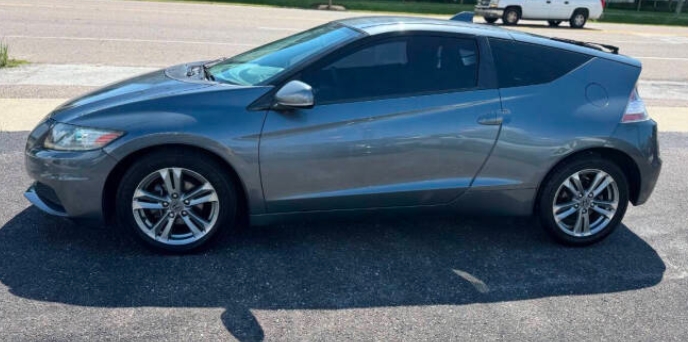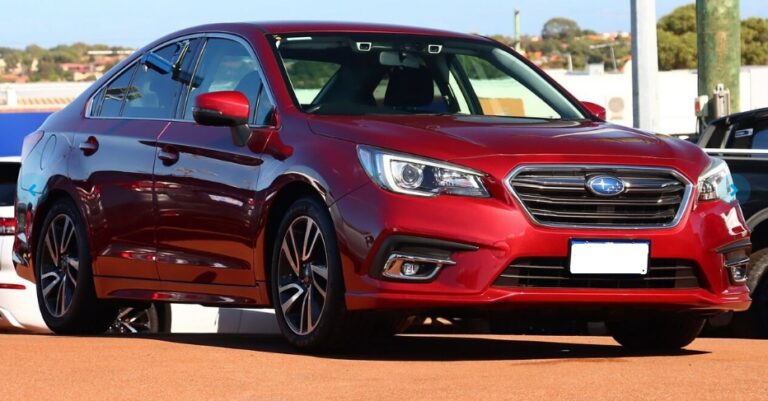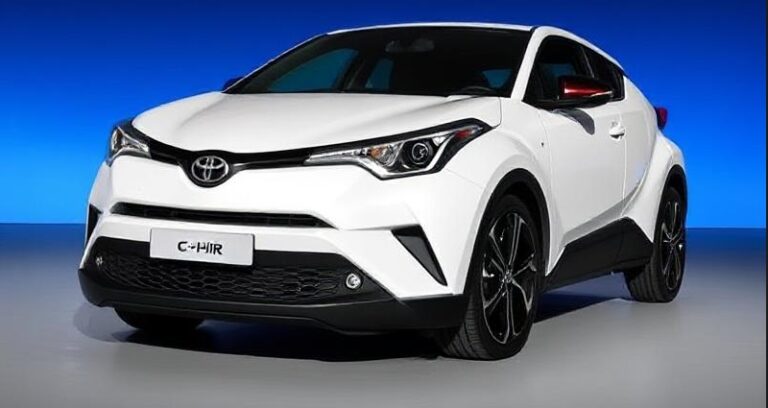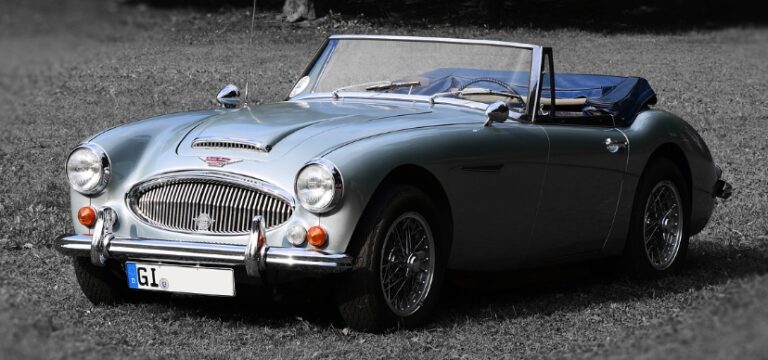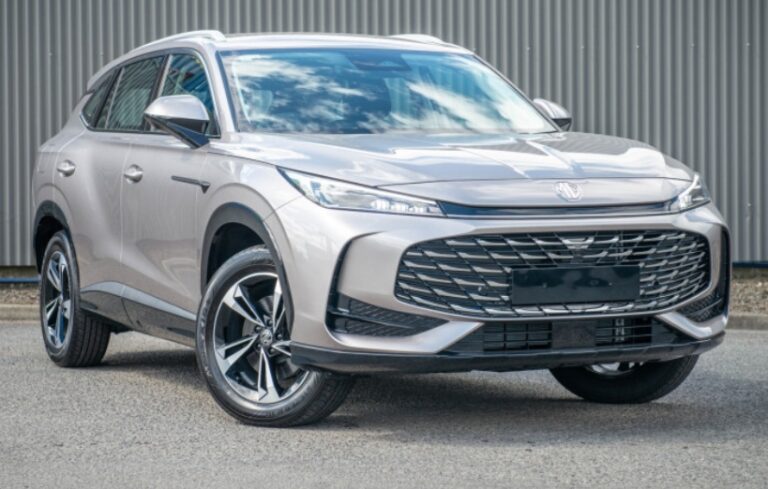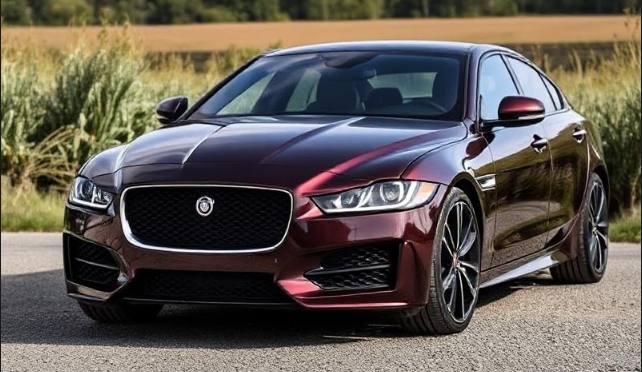The Bold Anomaly: Charting the Evolution of the Honda CR-Z
In the pantheon of modern automobiles, few cars represent such a fascinating, flawed, and ultimately beloved experiment as the Honda CR-Z. Billed as the spiritual successor to the iconic CR-X, the CR-Z—short for “Compact Renaissance Zero”—was an attempt to fuse the seemingly disparate worlds of sporty, driver-focused dynamics with the burgeoning trend of hybrid efficiency. It was a car born from a noble idea: that saving fuel didn’t have to be a joyless affair. Produced from 2010 to 2016, its evolution tells the story of a unique vehicle navigating a market that wasn’t quite sure what to make of it.
Genesis: A Legend Reimagined for a New Era
To understand the CR-Z, one must first look to its celebrated ancestor, the Honda CR-X (1983-1991). The CR-X was a masterclass in lightweight engineering and driver engagement. It was nimble, efficient, and, in its Si guise, surprisingly quick. It cultivated a devoted following that longed for its return. By the mid-2000s, with hybrid technology taking hold, Honda saw an opportunity to resurrect the CR-X’s ethos in a modern package.
The journey began with the Honda Remix Concept at the 2006 Los Angeles Auto Show, followed by the more refined CR-Z Concept at the 2007 Tokyo Motor Show. The public reaction was overwhelmingly positive. The concepts showcased a dramatic, futuristic “one-motion wedge” design that was both a clear homage to the CR-X’s Kammback tail and a bold step forward. When the production model debuted in late 2009 for the 2011 model year, it remained remarkably faithful to the concept, a rare feat in the automotive industry.
.
RepairSurge Online Repair Manuals Replace Bulky Books With Reliable Digital Information!
Faster And Cheaper Than Traditional Printed Manuals, Users Get Instant Access To The Repair Information They Need For Any Car, Truck, Van or SUV:
.
The Inaugural Generation (2011-2012): Laying the Foundation
The first Honda CR-Z arrived in North American showrooms for the 2011 model year, aiming to prove that “hybrid” and “fun” were not mutually exclusive.
Powertrain and Performance: At its core was Honda’s Integrated Motor Assist (IMA) mild-hybrid system. It paired a 1.5-liter L-series i-VTEC four-cylinder gasoline engine with a 10-kilowatt (13 hp) DC brushless electric motor. The combined output was a modest 122 horsepower and 128 lb-ft of torque. Crucially, Honda offered two transmission choices: a Continuously Variable Transmission (CVT) with paddle shifters, or a slick-shifting 6-speed manual—a first for a mass-market hybrid vehicle in America and a clear signal of its sporting intentions. The manual was the enthusiast’s choice, offering a more direct connection and slightly better torque delivery.
Key Feature: The 3-Mode Drive System A central part of the CR-Z’s personality was its three-mode drive system, controlled by buttons flanking the steering wheel.
- Econ Mode: Maximized fuel efficiency by softening throttle response, reducing A/C usage, and optimizing the IMA system for fuel conservation. The gauge cluster glowed green.
- Normal Mode: Provided a balance between performance and efficiency for everyday driving, with the gauges glowing blue.
- Sport Mode: Sharpened throttle response, increased steering weight, and engaged the IMA motor more aggressively for acceleration. The gauges turned a fiery red, signaling the car’s most eager personality.
Trim Levels (North American Market): Honda kept the model lineup refreshingly simple for its initial run.
- CR-Z (Base): This entry-level model was well-equipped for its time. Standard features included 16-inch alloy wheels, automatic climate control, a 160-watt six-speaker sound system with a USB audio interface, power windows and locks, and keyless entry.
- CR-Z EX: The more premium trim added significant upgrades. These included High-Intensity Discharge (HID) headlights, fog lights, a 360-watt premium audio system with a subwoofer, a leather-wrapped steering wheel, Bluetooth HandsFreeLink, aluminum pedals, and an ambient temperature gauge.
- CR-Z EX with Navigation: At the top of the range, this trim added a satellite-linked navigation system with voice recognition and a rearview camera display integrated into the nav screen.
Despite its sharp handling, low center of gravity, and engaging manual gearbox, the initial CR-Z faced criticism. Purists bemoaned its lack of outright power, while hybrid buyers questioned its two-seat practicality and fuel economy that, while good, couldn’t match dedicated eco-cars like the Toyota Prius. It was a car caught between two worlds.
The Mid-Cycle Refresh (2013-2015): A Jolt of Energy
For the 2013 model year, Honda addressed the most persistent critique—the need for more power—with a significant mid-cycle refresh. This update was more than just cosmetic; it was a re-engineering of the car’s hybrid heart.
Powertrain Enhancement: The most crucial change was the switch from a Nickel-Metal Hydride (NiMH) battery pack to a more powerful, higher-voltage Lithium-Ion battery pack. This allowed Honda to fit a more potent 15-kilowatt electric motor. The 1.5-liter engine also received revisions to its camshaft and ECU. The result was a welcome bump in total system output to 130 horsepower and 140 lb-ft of torque for the 6-speed manual model (127 lb-ft for the CVT). While a modest increase on paper, the extra torque was noticeable, making the car feel punchier and more responsive off the line.
The “Plus Sport” (S+) System: To further enhance the driving experience, Honda introduced the “Plus Sport” system. A new “S+” button on the steering wheel, when pressed with the battery sufficiently charged, delivered a five-second burst of maximum electric motor assist. This feature, acting like a temporary “push-to-pass” button, was a clever way to provide on-demand acceleration for overtaking or exiting corners, directly addressing the car’s perceived power deficit in a fun, interactive way.
Styling and Feature Updates: The 2013 refresh also brought subtle but effective styling changes. The front fascia was redesigned with a larger grille opening, the rear diffuser was more pronounced, and new 17-inch alloy wheel designs became available. Inside, trim materials were updated for a more premium feel. An expanded-view driver’s mirror and a standard rearview camera on EX models improved safety and convenience. The trim structure of Base, EX, and EX with Navigation remained, but the value proposition was enhanced across the board.
The Final Act (2016): A Modernized Farewell
As the CR-Z entered its final model year, Honda gave it one last comprehensive update, focusing on modernizing its technology and sharpening its aesthetics to send it off on a high note.
Aggressive New Styling: The 2016 CR-Z received its most significant visual overhaul. The front bumper became much more aggressive, with angular, blade-like elements that flanked a new grille design. The side sills were more sculpted, and the rear bumper was reshaped to appear wider and lower, giving the car a more planted and assertive stance. New five-spoke alloy wheel designs completed the transformation, making the 2016 model the most visually dynamic of the entire production run.
A Modernized Cabin: The interior saw a major functional upgrade. The traditional, lever-operated parking brake was replaced with a modern electronic parking brake button. This single change freed up significant space on the center console, which Honda redesigned to include a deep storage bin and a comfortable, standard armrest—two things owners of earlier models had long desired.
The centerpiece of the new interior was a standard 7-inch Display Audio touchscreen infotainment system across all trims. This system integrated audio controls, vehicle settings, and phone connectivity, finally bringing the CR-Z’s tech interface into the modern era.
Revised Trim Structure and New Luxuries: For its final year, the CR-Z lineup was restructured, introducing a new top-tier model.
- LX: The former “Base” model was renamed LX, now coming standard with the 7-inch display, smart entry, and push-button start.
- EX: The mid-level trim built upon the LX, adding features like HID headlights, LED daytime running lights, fog lights, and Honda’s LaneWatch blind-spot camera system.
- EX-L Navi: The new flagship trim combined all the features of the EX with the “L” for leather. It introduced heated, leather-trimmed seats for the first time in the CR-Z’s history, alongside the standard satellite-linked navigation system. This made the 2016 EX-L Navi the most luxurious and feature-rich CR-Z ever produced.
The Sun Sets on a Bold Experiment
Despite the continuous improvements, the market forces working against the CR-Z were too strong. Sales, which were never massive, had dwindled. The global automotive landscape was shifting decisively toward crossovers and SUVs, and the niche for a two-seat, sporty hybrid coupe was simply too small to sustain. In August 2016, Honda officially ceased production of the CR-Z for the North American and European markets, with production for its home market of Japan ending shortly thereafter.
Legacy: A Flawed Gem and Cult Classic
The Honda CR-Z’s evolution charts the journey of a car that dared to be different. It was an anomaly—a hybrid with a manual transmission, a sports car that prioritized character over raw power, and an economy car with a dramatic, two-seat body. In trying to be a master of two trades, it perhaps became a master of none in the eyes of the mass market.
Yet, its legacy is far from one of failure. Today, the CR-Z is celebrated as a cult classic. Owners love its sharp, go-kart-like handling, its distinctive design that still looks fresh, and its unique position in automotive history. The aftermarket community embraced it, with companies like Honda Performance Development (HPD) even offering a dealer-installed supercharger kit that truly unlocked the chassis’s potential.
The CR-Z was a car with a hybrid heart and a sporting soul. It was a thoughtfully engineered, beautifully designed vehicle that answered a question few were asking but that enthusiasts were glad to have answered. Its evolution shows Honda’s commitment to refining a bold concept, continually adding power, technology, and style. While it may not have been the sales success its CR-X ancestor was, the Honda CR-Z remains a memorable and engaging chapter in the story of the modern automobile—a testament to the idea that driving can, and should be, both responsible and fun.
